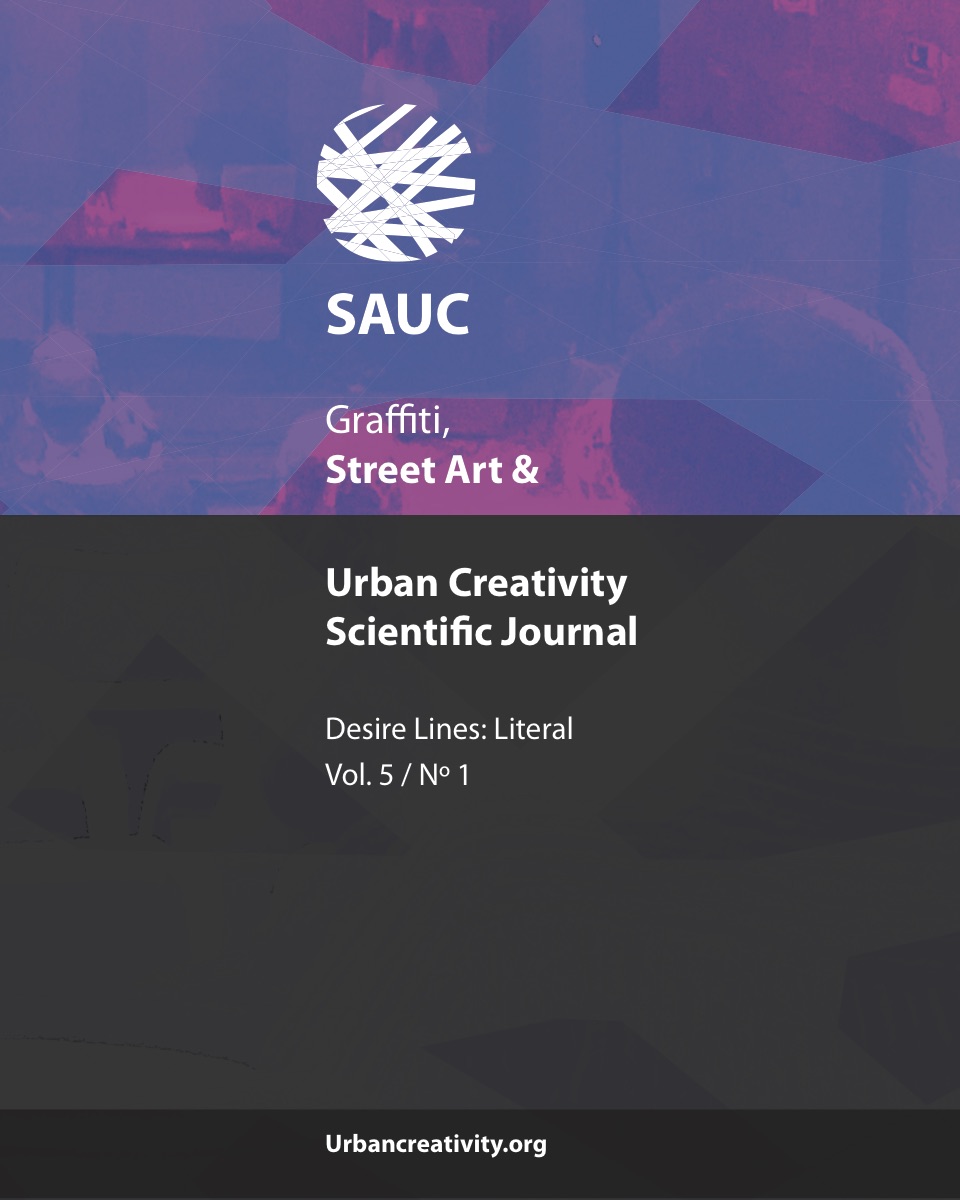The Brigada Ramona Parra and the Art of Muralising Protest During the Pinochet Regime
DOI:
https://doi.org/10.25765/sauc.v5i1.162Palabras clave:
Chile, Street Art, Mural Art, Pinochet, Allende, Brigada Ramona Parra, Latin America, CultureResumen
In 1946, while demonstrating in support of a group of striking nitrate workers, a twenty-year-old female communist named Ramona Parra was shot to death by police in Santiago, Chile,[i]in what has come to be known as the Bulnes Square Massacre.A product of political marginalisation, the details of Parra’s life are sketchy. But for fleeting mentions in art history books she is otherwise a mystery.[ii]Her death, however, has had a far-reaching significance, for she became and remains a martyr symbol of the Chilean struggle against oppression. In particular, her name was proudly taken to identify the artistic movements of the muralist brigade of the Chilean Communist Party (CCP), the Brigada Ramona Parra (BRP) in 1968.[iii]
On September 11,1973, Chile, and with it the CCP, was thrown into turmoil. The country that homegrown poet Pablo Neruda once described as a ‘long petal of sea, wine, and snow’ was transformed from Latin America's foremost social democracy under Salvador Allende to the region's darkest dictatorship under the military regime of Augusto Pinochet.[iv]The latter ushered in a period of widespread torture and the murder of an estimated 3000 Chileans. Furthermore, the regime carried out an assault on culture that saw the erasure of swathes of leftist literature, film, music, and art, which included the whitewashing of BRP murals that had for five years colourfully decorated and secured Santiago’s streets for Salvador Allende. As Geoffrey Hutton stated in the immediate aftermath of the coup, ‘Now, a bullet through the head is more effective than a vote in the ballot-box’.[v]
In the process of writing a brief history of the BRP collective, this article contextualises the violence imposed on Chile by Pinochet’s Military Regime; and in doing so documents how members of the left perpetuated modes of artistic expression and protest at home and in exile throughout dictatorial rule. By attributing meaning to the murals of the BRP, the aim is also to contribute, if only moderately, to the reconstruction of a fragmented, distorted, and, in part, whitewashed (i.e., destroyed) past. Interwoven is an acknowledgment of the role the BRP played in the 1988 ‘No’ campaign; in this respect, the efforts of the BRP, which are largely without recognition, to paint and ultimately reclaim Santiago’s streets served as an essential subsidy to the widely lauded and successful savoir-faire TV campaign orchestrated by Eugenio García.
Descargas
Estadísticas globales ℹ️
|
317
Visualizaciones
|
87
Descargas
|
|
404
Total
|
|
Descargas
Publicado
Cómo citar
Número
Sección
Licencia
Los autores/as que publiquen en esta revista aceptan las siguientes condiciones:
- Los autores/as conservan los derechos de autor.
- Los autores/as ceden a la revista el derecho de la primera publicación. La revista también posee los derechos de edición.
- Todos los contenidos publicados se regulan mediante una Licencia Atribución/Reconocimiento-SinDerivados 4.0 Internacional. Acceda a la versión informativa y texto legal de la licencia. En virtud de ello, se permite a terceros utilizar lo publicado siempre que mencionen la autoría del trabajo y a la primera publicación en esta revista. Si transforma el material, no podrá distribuir el trabajo modificado.
- Los autores/as pueden realizar otros acuerdos contractuales independientes y adicionales para la distribución no exclusiva de la versión del artículo publicado en esta revista (p. ej., incluirlo en un repositorio institucional o publicarlo en un libro) siempre que indiquen claramente que el trabajo se publicó por primera vez en esta revista.
- Se permite y recomienda a los autores/as a publicar su trabajo en Internet (por ejemplo en páginas institucionales o personales), una vez publicado en la revista y citando a la misma ya que puede conducir a intercambios productivos y a una mayor y más rápida difusión del trabajo publicado (vea The Effect of Open Access).













